Home>Furniture & Design>Outdoor Furniture>Why Is Indoor Humidity Lower Than Outdoor?
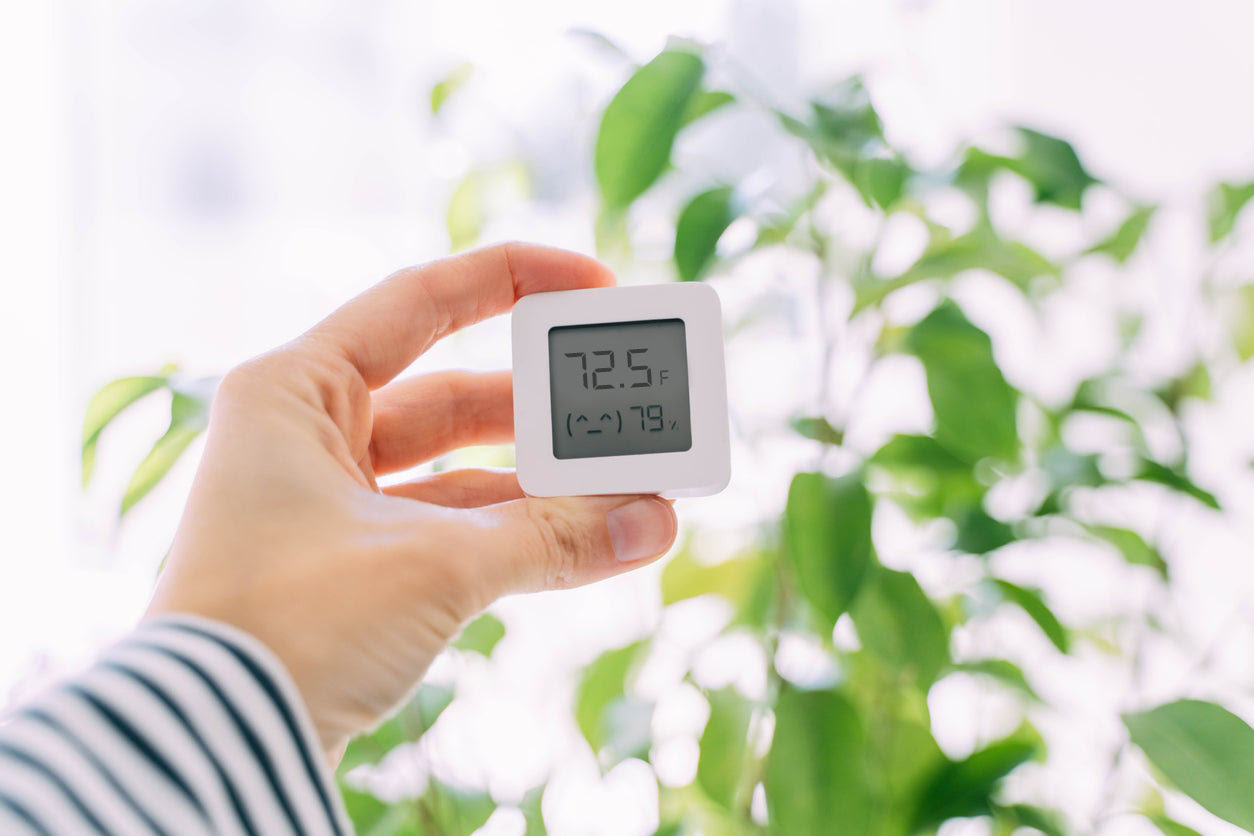

Outdoor Furniture
Why Is Indoor Humidity Lower Than Outdoor?
Published: January 16, 2024
Discover why indoor humidity is lower than outdoor and how it affects your outdoor furniture. Learn how to maintain optimal indoor humidity levels for your furniture and design.
(Many of the links in this article redirect to a specific reviewed product. Your purchase of these products through affiliate links helps to generate commission for Storables.com, at no extra cost. Learn more)
Introduction
Understanding the dynamics of indoor humidity is crucial for creating a comfortable and healthy living environment. The contrast between indoor and outdoor humidity levels is a common phenomenon, often leading to the question: "Why is indoor humidity lower than outdoor?" This article delves into the factors influencing indoor humidity, the effects of low indoor humidity, and ways to address this issue.
Indoor humidity levels are influenced by various factors, including heating and air conditioning systems, building materials, occupant activities, and weather conditions. The interplay of these elements contributes to the discrepancy between indoor and outdoor humidity levels. Moreover, low indoor humidity can lead to health concerns and property damage, making it essential to explore methods for increasing indoor humidity.
By unraveling the intricacies of indoor humidity, we can gain insights into maintaining a balanced indoor environment, promoting well-being and preserving property integrity. Let's embark on a journey to uncover the reasons behind the disparity in indoor and outdoor humidity and explore effective strategies for addressing this common issue.
Key Takeaways:
- Indoor humidity is lower than outdoor due to factors like heating systems, building materials, occupant activities, and weather. Low indoor humidity can cause health issues and property damage, but can be managed with humidifiers and strategic ventilation.
- Factors like heating systems, building materials, occupant activities, and weather influence indoor humidity. Low indoor humidity can lead to health concerns and property damage, but can be addressed with humidifiers, ventilation, and houseplants.
Read more: Why Is Outdoor Wire Cheaper Than Indoor
Factors Affecting Indoor Humidity
Indoor humidity is influenced by a multitude of factors, each playing a distinct role in shaping the moisture levels within a living space. Understanding these factors is crucial for effectively managing indoor humidity and creating a comfortable environment.
- Heating and Air Conditioning Systems: HVAC systems play a pivotal role in regulating indoor humidity. During the winter, heating systems can significantly reduce indoor humidity levels as they warm the air, causing it to become drier. Conversely, air conditioning units can remove moisture from the air during the summer, further impacting indoor humidity levels.
- Building Materials and Insulation: The materials used in construction, such as wood, concrete, and drywall, can absorb or release moisture, affecting indoor humidity. Additionally, the level of insulation in a building can impact the transfer of moisture, influencing indoor humidity levels.
- Occupant Activities: Everyday activities, such as cooking, showering, and even breathing, can introduce moisture into the indoor environment. These activities contribute to increased humidity levels, especially in enclosed spaces with limited ventilation.
- Weather and Climate: External weather conditions and regional climate patterns can influence indoor humidity. For instance, cold and dry outdoor air can infiltrate a building, leading to a decrease in indoor humidity levels, while warm and humid outdoor air can elevate indoor humidity when introduced into the living space.
By recognizing the impact of these factors, individuals can proactively manage indoor humidity levels, ensuring a balanced and comfortable living environment. The next sections will delve into the effects of low indoor humidity and strategies for increasing moisture levels within indoor spaces.
Heating and Air Conditioning Systems
Heating and air conditioning systems play a pivotal role in shaping indoor humidity levels. During the winter months, heating systems, such as furnaces and radiators, are employed to warm indoor spaces. As these systems heat the air, they inadvertently reduce its relative humidity, leading to drier indoor conditions. The reduction in humidity levels can cause discomfort, leading to dry skin, irritated respiratory passages, and static electricity buildup.
Conversely, air conditioning systems, commonly used during the summer, remove moisture from the air as they cool indoor spaces. This process, known as dehumidification, contributes to lower indoor humidity levels, creating a cooler but drier environment. While this can be beneficial for comfort during hot and humid weather, excessively low indoor humidity can lead to respiratory discomfort and exacerbate certain health conditions.
It is essential for individuals to monitor and regulate their heating and cooling systems to maintain optimal indoor humidity levels. Using humidifiers in conjunction with heating systems during the winter can help offset the reduction in humidity, promoting a more comfortable and healthier indoor environment. Similarly, employing dehumidifiers alongside air conditioning units in the summer can mitigate excessively low humidity levels, fostering a balance between comfort and moisture control.
By understanding the impact of heating and air conditioning systems on indoor humidity, individuals can implement proactive measures to address potential imbalances, ensuring a harmonious and pleasant indoor atmosphere throughout the year.
Building Materials and Insulation
The materials used in construction, along with the level of insulation in a building, significantly influence indoor humidity levels. Both natural and synthetic building materials have the capacity to absorb or release moisture, impacting the overall moisture content within a living space. Wood, for example, is hygroscopic, meaning it can absorb and release moisture based on the surrounding humidity levels. This characteristic can lead to fluctuations in indoor humidity, especially in areas with significant wood-based construction.
Furthermore, the level of insulation in a building affects the transfer of moisture between the interior and exterior environments. Insufficient insulation can result in moisture infiltration, potentially leading to increased indoor humidity. Conversely, well-insulated structures can help regulate indoor humidity by minimizing the exchange of moisture-laden outdoor air with the drier indoor environment.
Understanding the moisture dynamics of building materials and insulation is crucial for maintaining balanced indoor humidity levels. By utilizing moisture barriers and selecting construction materials with appropriate moisture-handling properties, individuals can mitigate the impact of building materials on indoor humidity. Additionally, ensuring proper insulation installation and maintenance can contribute to a more controlled indoor environment, reducing the likelihood of excessive fluctuations in humidity levels.
By addressing the influence of building materials and insulation on indoor humidity, individuals can take proactive steps to create a comfortable and stable living environment, promoting well-being and preserving property integrity.
Occupant Activities
Everyday activities within a living space can significantly impact indoor humidity levels. Cooking, bathing, laundering, and even breathing introduce moisture into the indoor environment, influencing the overall humidity content. Inadequate ventilation exacerbates the effects of these activities, leading to heightened humidity levels and potential discomfort.
Cooking, particularly when using uncovered pots and boiling water, releases steam and moisture into the air. Additionally, the act of showering or bathing generates substantial humidity within the bathroom and adjacent areas. Without proper ventilation, this moisture can linger, contributing to elevated indoor humidity levels. Similarly, the use of clothes dryers and the act of hanging wet laundry indoors can introduce significant moisture into the living space.
Occupant activities, such as breathing and perspiring, also contribute to indoor humidity. The cumulative effect of these activities can lead to increased moisture levels, especially in enclosed or poorly ventilated spaces. Inadequate ventilation exacerbates the impact of occupant activities, potentially resulting in discomfort, condensation on surfaces, and the proliferation of mold and mildew.
Effective ventilation and moisture management strategies are essential for addressing the impact of occupant activities on indoor humidity. Properly venting cooking areas, bathrooms, and laundry spaces can help expel excess moisture, preventing it from accumulating within the living environment. Additionally, utilizing exhaust fans and ensuring adequate airflow throughout the home can aid in maintaining balanced indoor humidity levels, promoting comfort and mitigating potential moisture-related issues.
By recognizing the influence of occupant activities on indoor humidity, individuals can implement practical measures to manage moisture levels effectively, fostering a healthier and more comfortable living environment.
Weather and Climate
External weather conditions and regional climate patterns play a significant role in shaping indoor humidity levels. The interaction between outdoor and indoor environments, influenced by weather and climate, directly impacts the moisture content within living spaces.
Cold and dry outdoor air can infiltrate buildings through various avenues, including gaps around windows and doors, resulting in a reduction of indoor humidity levels. This influx of dry air can contribute to drier indoor conditions, potentially leading to discomfort, increased static electricity, and dry skin and respiratory passages.
Conversely, warm and humid outdoor air can elevate indoor humidity levels when introduced into the living space. This scenario often occurs during the summer months, especially in regions characterized by high humidity levels. The influx of humid outdoor air can lead to muggy indoor conditions, potentially fostering an environment conducive to mold and mildew growth.
Understanding the influence of weather and climate on indoor humidity is essential for effectively managing moisture levels within a living space. By implementing weather-appropriate strategies, such as utilizing humidifiers during the winter to offset the effects of dry outdoor air and employing dehumidifiers in humid climates, individuals can maintain a balanced indoor environment throughout the year.
Furthermore, weather and climate considerations are integral to the design and maintenance of building envelopes, ventilation systems, and moisture control measures. By addressing the impact of external conditions on indoor humidity, individuals can implement proactive measures to create a comfortable and stable living environment, promoting well-being and preserving property integrity.
Indoor humidity is often lower than outdoor because of heating and air conditioning systems, which can remove moisture from the air. To increase indoor humidity, consider using a humidifier or adding houseplants.
Effects of Low Indoor Humidity
Low indoor humidity levels can have a range of effects on both individuals and the physical environment within a living space. Understanding these effects is crucial for recognizing the importance of maintaining balanced indoor humidity and addressing potential concerns.
Health Concerns: Prolonged exposure to low indoor humidity can lead to various health issues. Dry air can cause skin irritation and exacerbate conditions such as eczema and psoriasis. Additionally, dry respiratory passages can increase susceptibility to respiratory infections and aggravate existing respiratory conditions, including asthma and allergies. Maintaining optimal indoor humidity levels is essential for promoting respiratory comfort and overall well-being.
Property Damage: Low indoor humidity can also impact the physical environment within a living space. Wood furniture, flooring, and musical instruments can suffer from excessive dryness, leading to warping, cracking, and deterioration. Additionally, electronic devices and sensitive equipment may be adversely affected by static electricity buildup, potentially leading to malfunctions and damage.
By recognizing the effects of low indoor humidity, individuals can prioritize measures to address this issue, promoting a healthier and more sustainable living environment. The following section will explore strategies for increasing indoor humidity, mitigating the potential consequences of excessively dry indoor conditions.
Health Concerns
Low indoor humidity levels can give rise to a myriad of health concerns, impacting individuals within a living space. Understanding these potential health effects is crucial for recognizing the importance of maintaining balanced indoor humidity and addressing associated discomforts and risks.
Skin Irritation: Dry air can lead to skin dryness and irritation, causing discomfort and potentially exacerbating skin conditions such as eczema and psoriasis. Maintaining adequate indoor humidity levels can help alleviate these issues, promoting healthier and more comfortable skin.
Respiratory Discomfort: Low indoor humidity can result in dry respiratory passages, potentially leading to irritation and discomfort. This can increase susceptibility to respiratory infections and exacerbate existing respiratory conditions, including asthma and allergies. Maintaining optimal indoor humidity levels is essential for fostering respiratory comfort and minimizing the risk of respiratory ailments.
Overall Well-being: Balanced indoor humidity is integral to overall well-being. Optimal moisture levels contribute to a comfortable and healthy living environment, promoting physical and emotional well-being for occupants of all ages.
By recognizing the potential health concerns associated with low indoor humidity, individuals can prioritize measures to address this issue, promoting a healthier and more comfortable living environment for themselves and their families.
Property Damage
Low indoor humidity levels can have detrimental effects on the physical environment within a living space, potentially leading to property damage and the deterioration of various materials and items.
Wooden Furnishings and Flooring: Excessively dry indoor conditions can cause wood to lose moisture, leading to warping, cracking, and structural damage in furniture, flooring, and wooden fixtures. Maintaining balanced indoor humidity levels is essential for preserving the integrity of wood-based elements within a living space.
Musical Instruments: Instruments such as pianos, guitars, and other stringed or woodwind instruments can be adversely affected by low indoor humidity, leading to tuning instability, structural damage, and diminished performance quality. Properly managing indoor humidity is crucial for safeguarding the condition and functionality of musical instruments.
Electronic Devices: Low indoor humidity can contribute to static electricity buildup, potentially posing risks to electronic devices and sensitive equipment. Adequate moisture control is essential for mitigating static electricity-related damage and ensuring the reliable operation of electronic devices.
By recognizing the potential for property damage associated with low indoor humidity, individuals can prioritize measures to address this issue, safeguarding their belongings and preserving the integrity of their living environment.
Read more: What Is A Comfortable Outdoor Humidity
Ways to Increase Indoor Humidity
Maintaining optimal indoor humidity levels is essential for creating a comfortable and healthy living environment. Fortunately, there are several effective strategies for increasing indoor humidity, addressing potential dryness and its associated effects. By implementing these measures, individuals can promote balanced indoor moisture levels and mitigate the discomfort and risks associated with low humidity.
- Use of Humidifiers: Humidifiers are devices designed to add moisture to the air, effectively increasing indoor humidity levels. There are various types of humidifiers, including evaporative, ultrasonic, and steam vaporizers, each offering unique benefits for managing indoor moisture content. Humidifiers can be particularly beneficial during the winter months when heating systems contribute to drier indoor conditions.
- Air-Drying Laundry Indoors: Allowing freshly laundered clothing to air-dry indoors can introduce moisture into the living space, contributing to increased humidity levels. This method can be especially effective in areas with limited humidity control and during periods of low outdoor humidity.
- Strategic Ventilation: Properly ventilating the living space can help manage indoor humidity levels. Opening windows and utilizing exhaust fans during activities that introduce moisture, such as cooking and bathing, can aid in expelling excess humidity, promoting a more balanced indoor environment.
- Utilization of Houseplants: Certain houseplants, such as peace lilies and Boston ferns, can contribute to increased indoor humidity through transpiration, the process by which plants release moisture into the air. Incorporating houseplants into the living space not only enhances the aesthetic appeal but also supports a more humid indoor environment.
- Placement of Water Bowls or Containers: Placing water bowls or containers near sources of heat, such as radiators or heating vents, can facilitate evaporation, adding moisture to the air. This simple and cost-effective method can help elevate indoor humidity levels, particularly in areas prone to dryness.
By employing these practical strategies, individuals can effectively increase indoor humidity, fostering a more comfortable and balanced living environment. Proactive management of indoor moisture levels is integral to promoting well-being and preserving property integrity, ensuring a harmonious and sustainable living space for occupants.
Conclusion
Indoor humidity levels are influenced by a multitude of factors, including heating and air conditioning systems, building materials, occupant activities, and weather conditions. The interplay of these elements often leads to lower indoor humidity levels compared to outdoor environments. Understanding the impact of these factors is crucial for managing indoor humidity and creating a comfortable living space.
Low indoor humidity can have far-reaching effects, including health concerns and property damage. Dry air can lead to skin irritation, respiratory discomfort, and the deterioration of wood-based furnishings and musical instruments. Recognizing these effects underscores the importance of maintaining balanced indoor humidity levels throughout the year.
By implementing strategies such as the use of humidifiers, strategic ventilation, and the incorporation of houseplants, individuals can effectively increase indoor humidity, mitigating the discomfort and risks associated with low humidity. These proactive measures contribute to a more comfortable and sustainable living environment, promoting well-being and preserving property integrity.
In conclusion, the disparity between indoor and outdoor humidity levels is a common phenomenon influenced by various factors. By addressing the dynamics of indoor humidity and employing practical strategies for managing moisture levels, individuals can create a harmonious living environment conducive to health, comfort, and the preservation of property. Embracing a proactive approach to indoor humidity management fosters a more balanced and enjoyable indoor experience for occupants, ensuring a healthier and more sustainable living space.
Frequently Asked Questions about Why Is Indoor Humidity Lower Than Outdoor?
Was this page helpful?
At Storables.com, we guarantee accurate and reliable information. Our content, validated by Expert Board Contributors, is crafted following stringent Editorial Policies. We're committed to providing you with well-researched, expert-backed insights for all your informational needs.

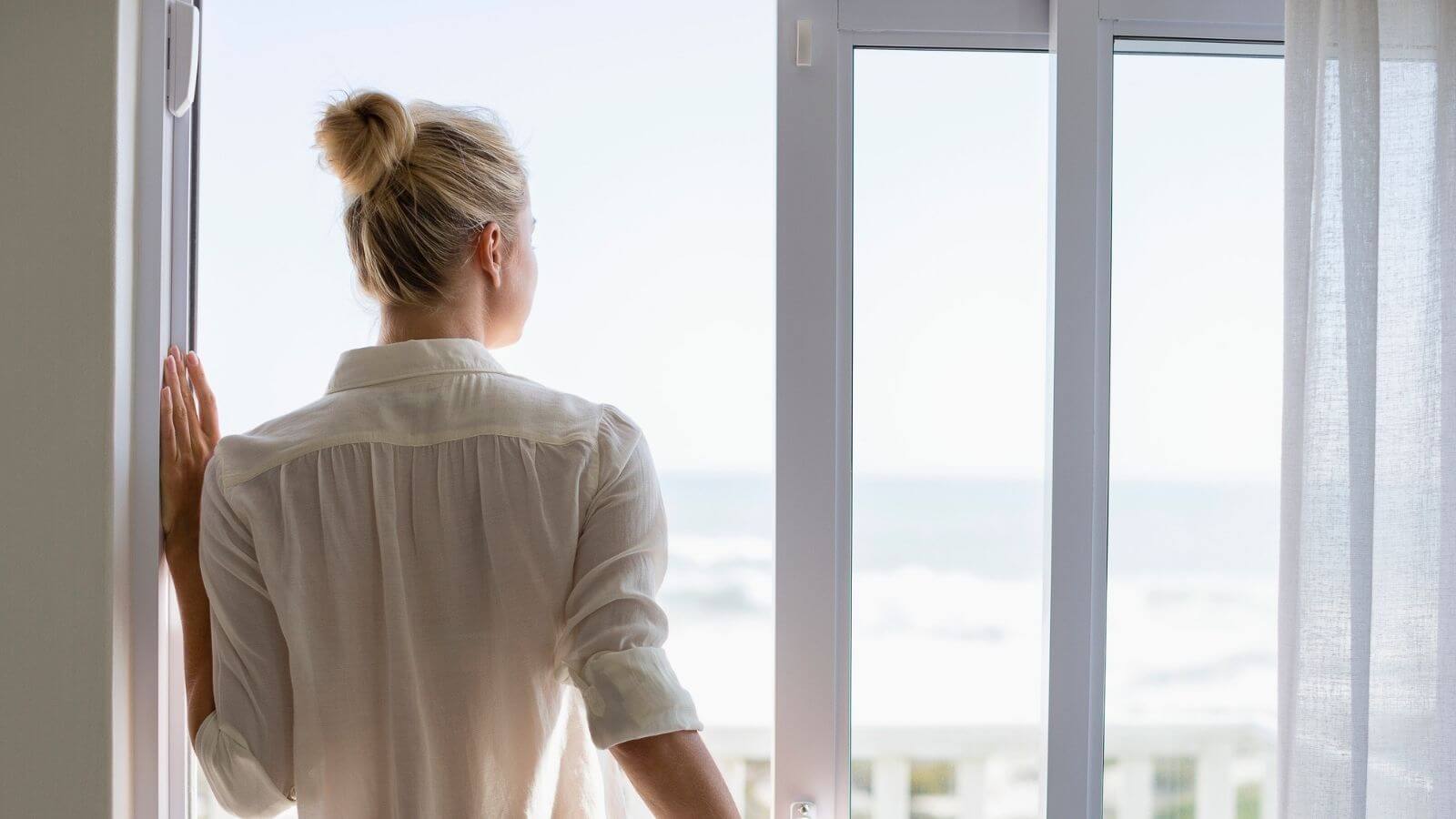
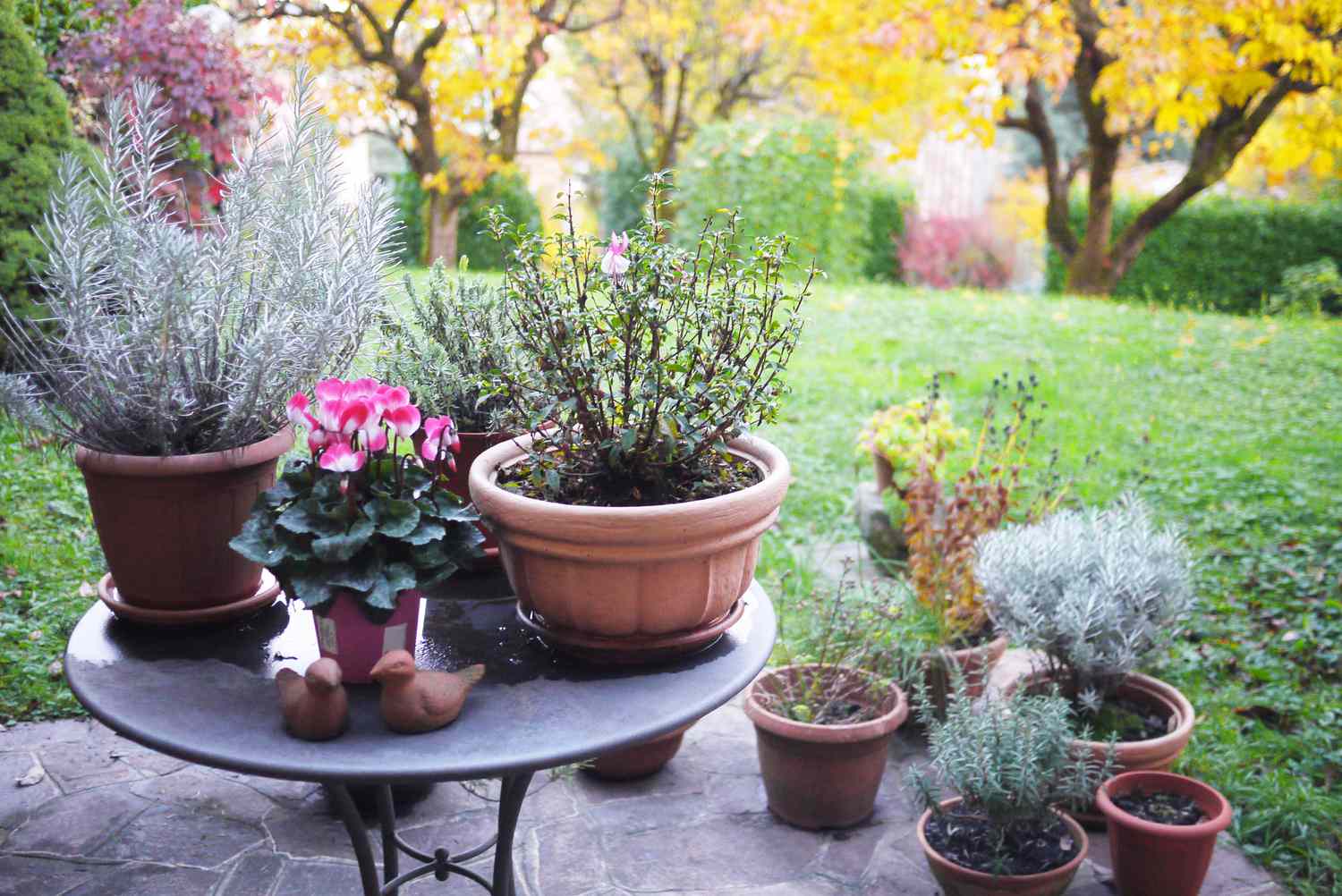

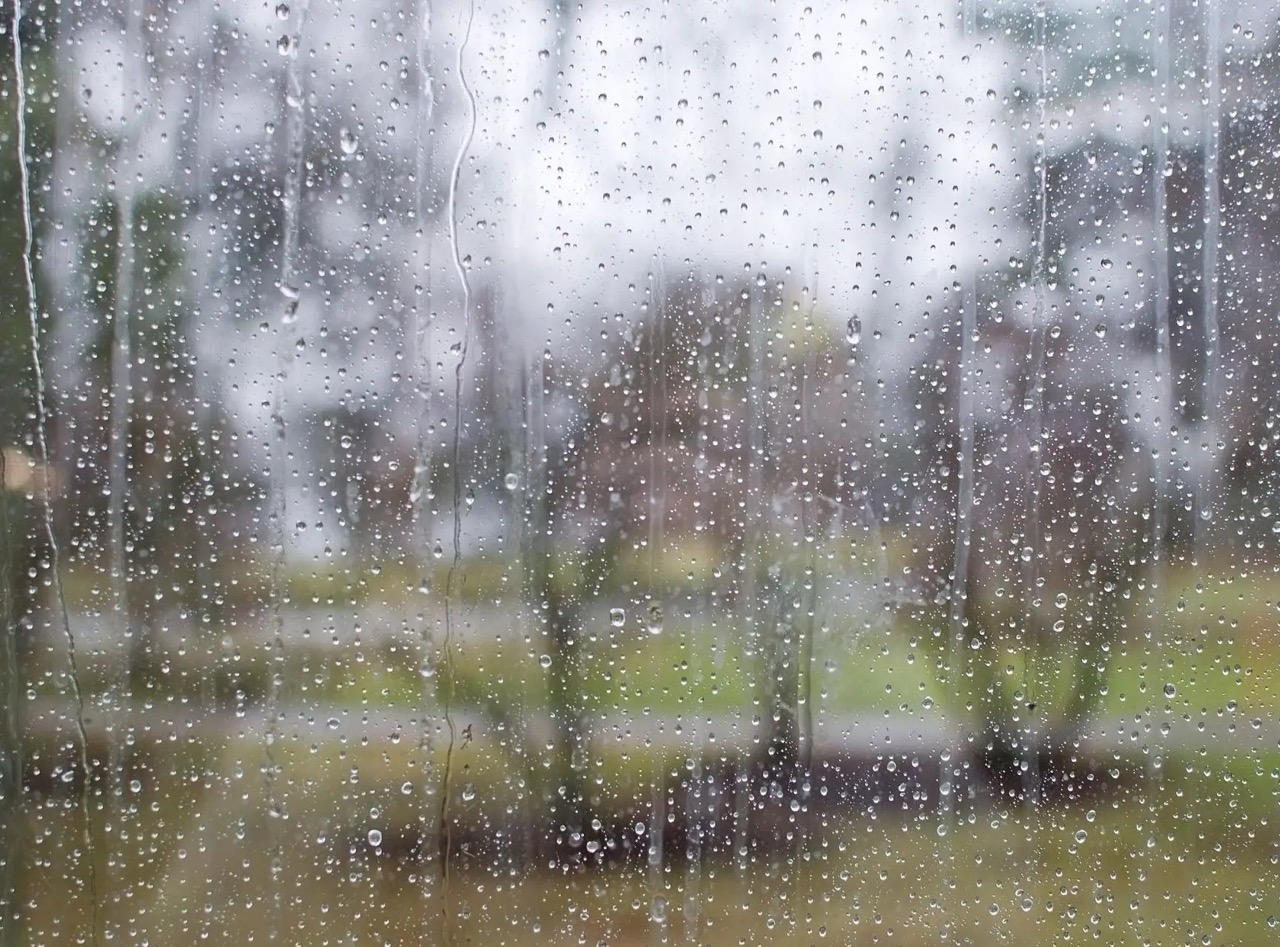




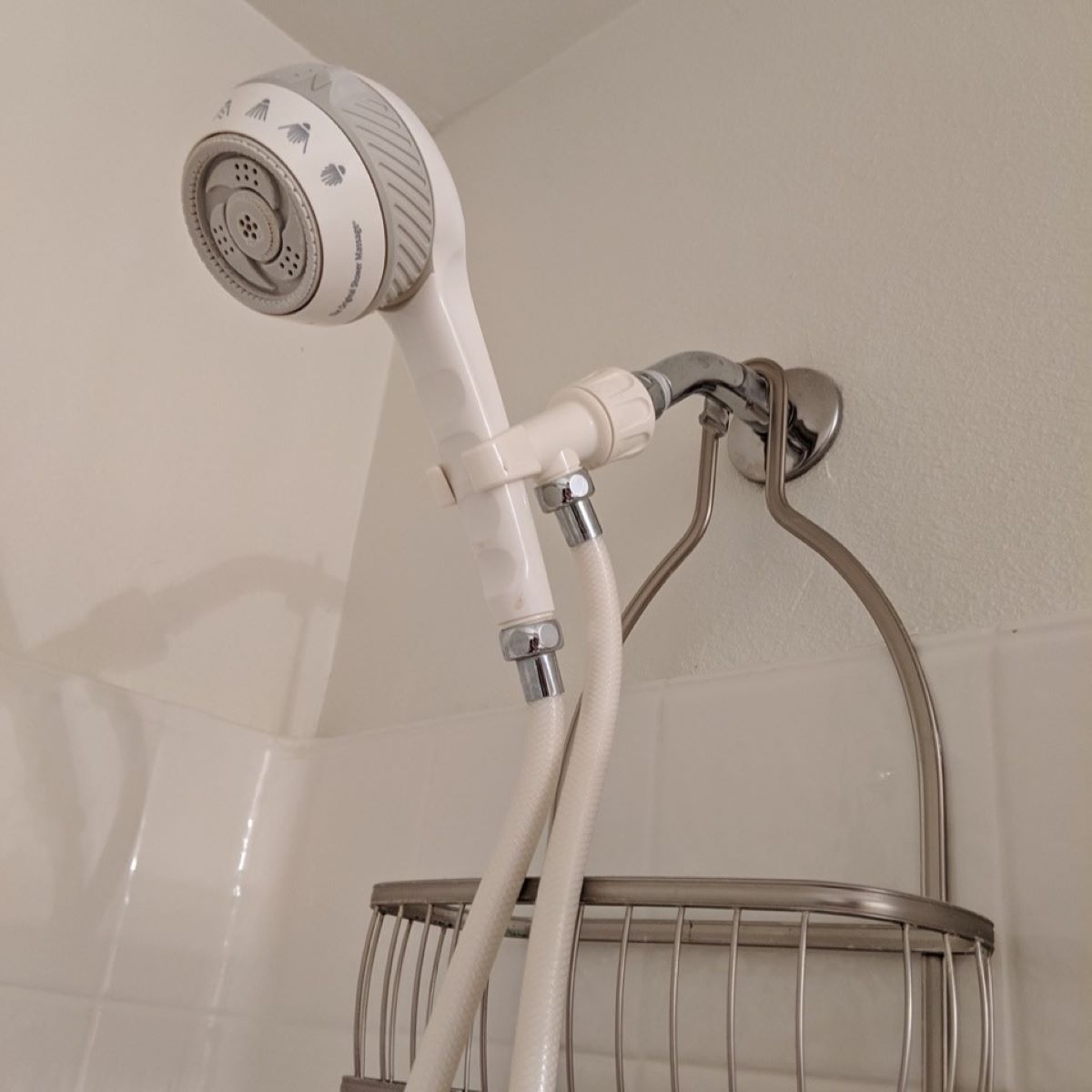
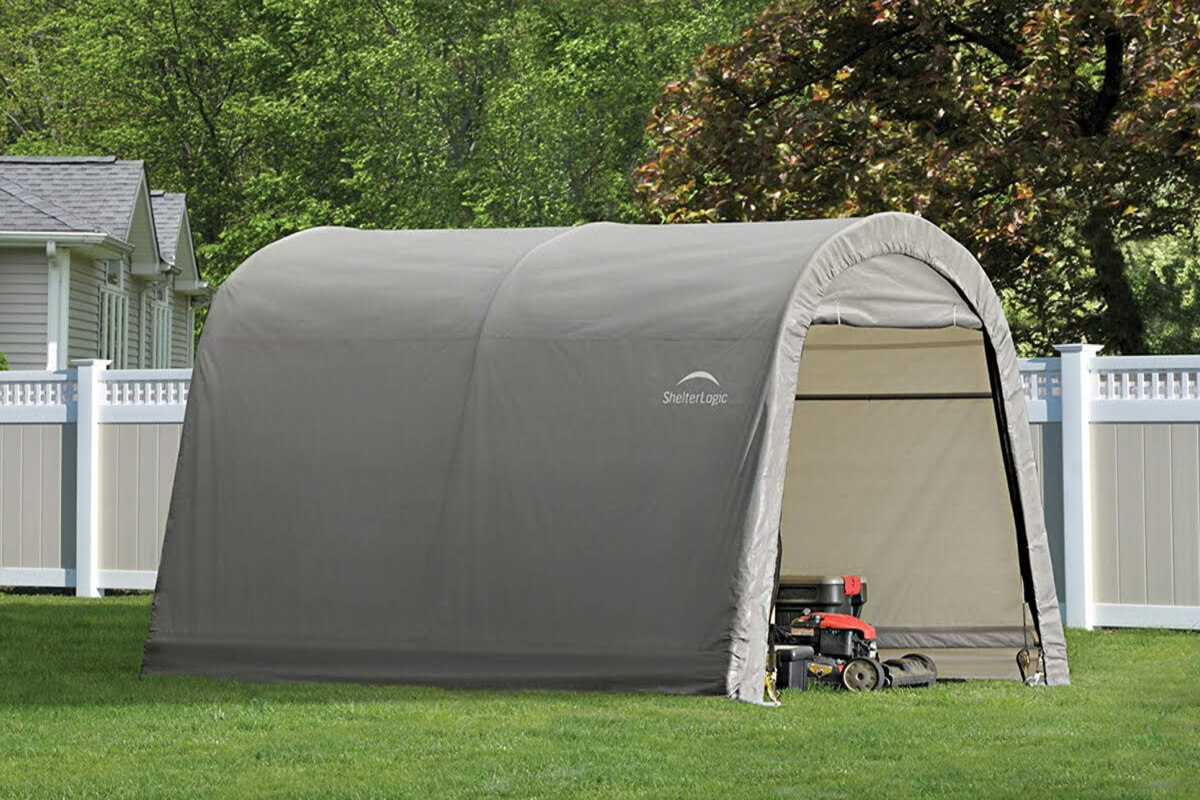

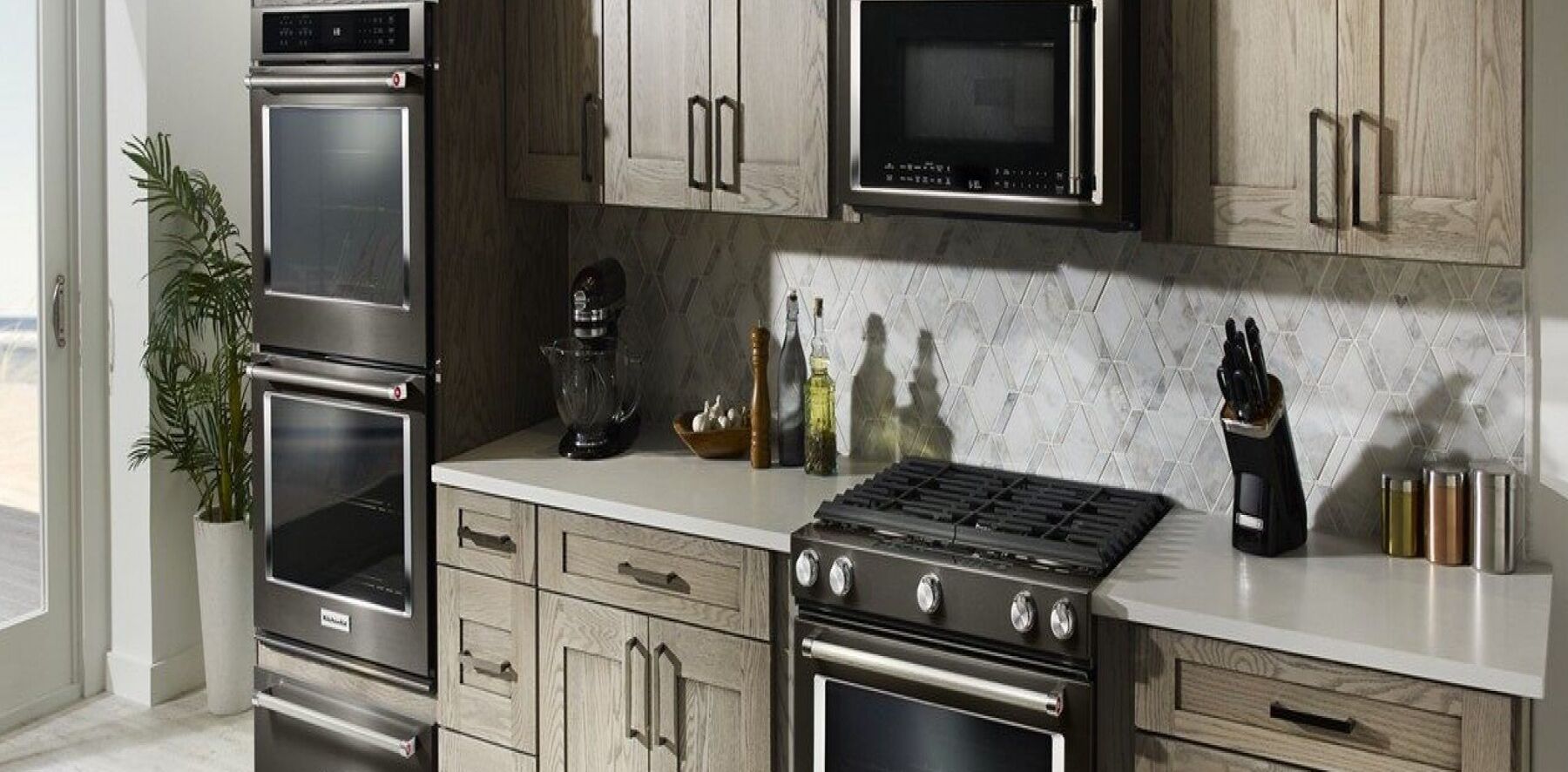

0 thoughts on “Why Is Indoor Humidity Lower Than Outdoor?”